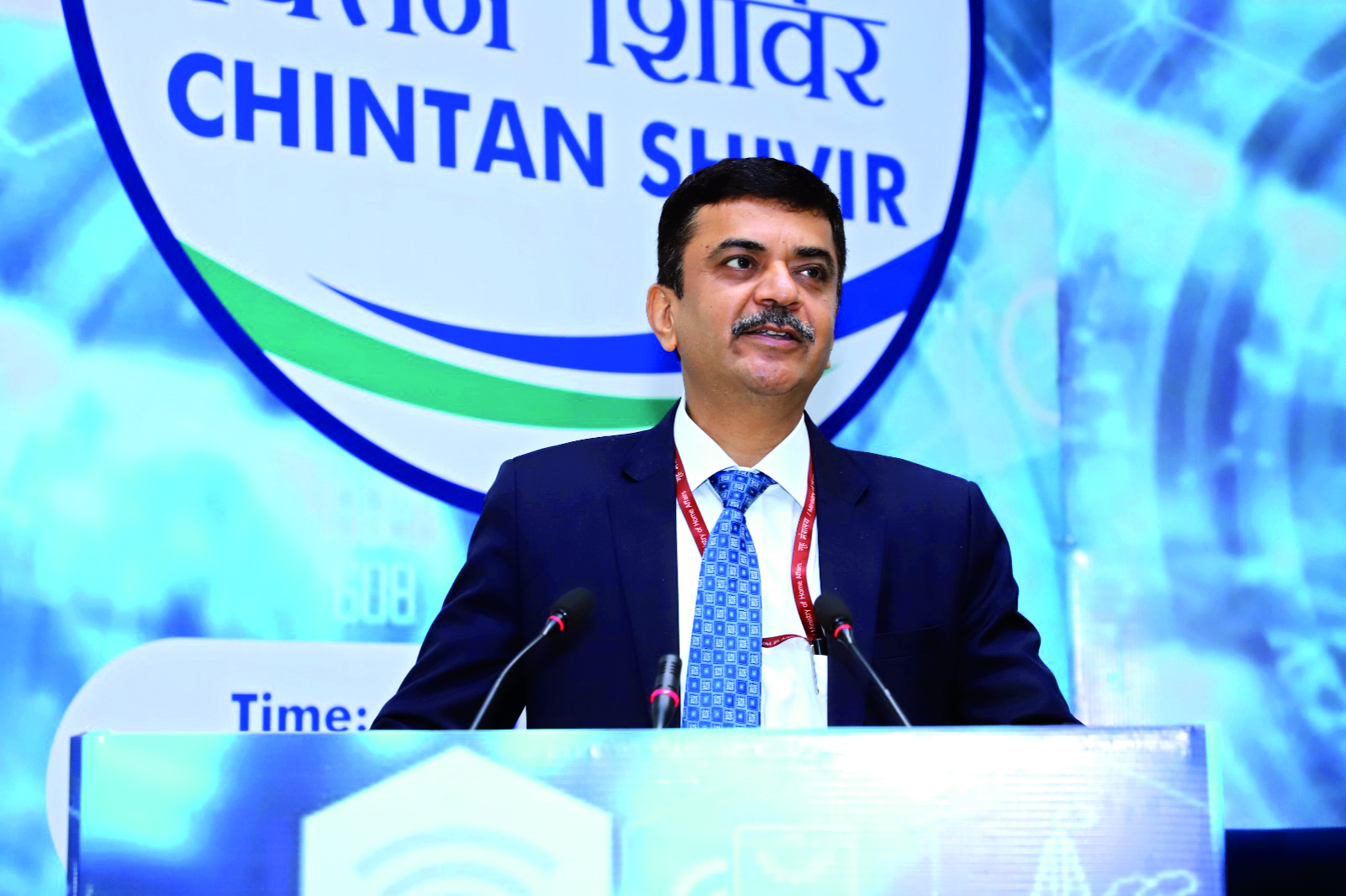India eyes 300 MT steel goal by 2030 amid global challenges

New Delhi: The central government is optimistic that India will exceed its 300 million tons of annual steel production target by the decade’s end. While talking to the Millennium Post, steel secretary Sandeep Poundrik highlighted the significant capacity expansion underway in the Indian steel industry, led by Integrated Steel Producers (ISPs) such as JSW Steel, Tata Steel, and the Steel Authority of India Limited (SAIL). JSW Steel, for instance, currently operates at a capacity of 33 million tons and plans to increase it to 50 million tons by 2030. Similarly, Tata Steel and SAIL are pursuing ambitious expansion strategies, aiming to boost their capacities to 40 million tons and 35 million tons, respectively. ISPs are targeting an additional 85 million tons of capacity by 2030, which would elevate the total ISP capacity to 213 million tons.
“Domestically, the situation is equally nuanced... However, when combined with the anticipated growth in secondary steel production, India’s total capacity is set to surpass 300 million tons by the end of the decade,” Poundrik stated.
However, he also mentioned that this rapid expansion is not without challenges. The current subdued pricing environment in the flat product segment, driven by imports and global market conditions, poses a significant threat to the industry’s profitability and future investments. While long products remain relatively unaffected due to their domestic focus, flat products, primarily manufactured by ISPs, are experiencing pricing pressures. If these conditions persist, there is a risk of delays in the execution of announced projects, especially those in the planning stage.
To address these concerns, the government is exploring fiscal measures to support the domestic steel industry. One such measure under consideration is an increase in the Basic Customs Duty (BCD) on steel imports, currently set at 7.5 per cent. However, this may have limited impact due to existing Free Trade Agreements that exempt many imports from this duty. Additionally, the Directorate General of Trade Remedies (DGTR) is examining a proposal for imposing safeguard duties on imported steel, with recommendations expected by February.
Poundrik further informed that the government’s proactive stance is also evident in its efforts to prevent the dumping of cheap steel into the Indian market. While China’s exports are often labelled as dumping due to their low pricing, the steel secretary refrained from using the term, emphasizing that such exports are a result of subdued global demand rather than deliberate undercutting.
“The steel industry is a key driver of the country’s infrastructure and economic growth and has witnessed significant transformations over the past few years. From a production capacity of approximately 137 million tons in 2018-19, the industry has surged to 196 million tons in 2023-24. This remarkable growth of nearly 59 million tons underscores the sector’s resilience and its critical role in fueling India’s aspirations to become a $5 trillion economy,” Poundrik said.
Meanwhile, the global steel landscape presents a mixed scenario. While India remains the only major economy experiencing consistent annual growth of over 10 per cent in steel demand, the global market is facing challenges due to stagnation in developed economies like the United States and Europe. Furthermore, China, with its massive steel production capacity of approximately 1,100 million tons, is grappling with declining domestic demand. Consequently, Chinese producers have increased their exports, putting downward pressure on international steel prices. This phenomenon has indirectly impacted the Indian market, where the benchmark HR coil prices have fallen significantly, losing over Rs. 6,000 per ton in the past year.
State-level taxation policies have added another layer of complexity to the sector. In Karnataka, for instance, a recent decision to impose higher taxes on public sector companies like NMDC, compared to private players, has raised concerns. NMDC, which is already producing more iron ore than last year, faces an additional tax burden equivalent to 150 per cent of royalties. This disparity in tax treatment has the potential to impact NMDC’s profitability and its plans for capacity expansion, including its steel plant in Nagarnar, Chhattisgarh, which is set for disinvestment.
Despite these challenges, the Indian steel industry remains a cornerstone of the country’s economic ambitions, Poundrik believes. He also expressed confidence in the sector’s ability to achieve its targets, provided that measures are taken to safeguard its interests and ensure sustainable growth with the government and industry stakeholders working in tandem to navigate global and domestic challenges. As the only major economy with consistent growth in steel demand, India is poised to become a global leader in steel production, reinforcing its position as a critical player in the international market.



